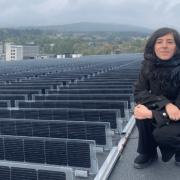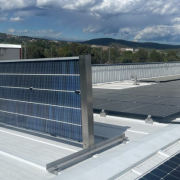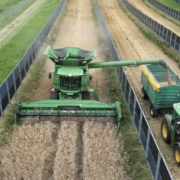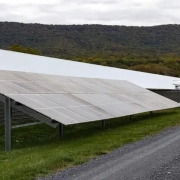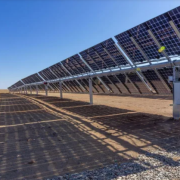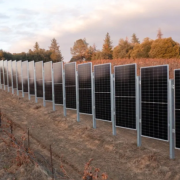Norway’s national football stadium carries a lesser-known star attraction: 1,242 solar panels stretching across the roof.
These are not traditional flat roof panels. The mini, square-shaped solar panels have two key features that distinguish them from those typically seen on buildings: they are bifacial, meaning they have two active sides, and they are installed vertically.
In June 2024, Ullevaal Stadium in Oslo became home to the world’s largest vertical solar panel installation on a roof, placing the stadium at the forefront of renewable energy innovation.
Click here to read the full article
Source: Euro News
—
If you have any questions or thoughts about the topic, feel free to contact us here or leave a comment below.

